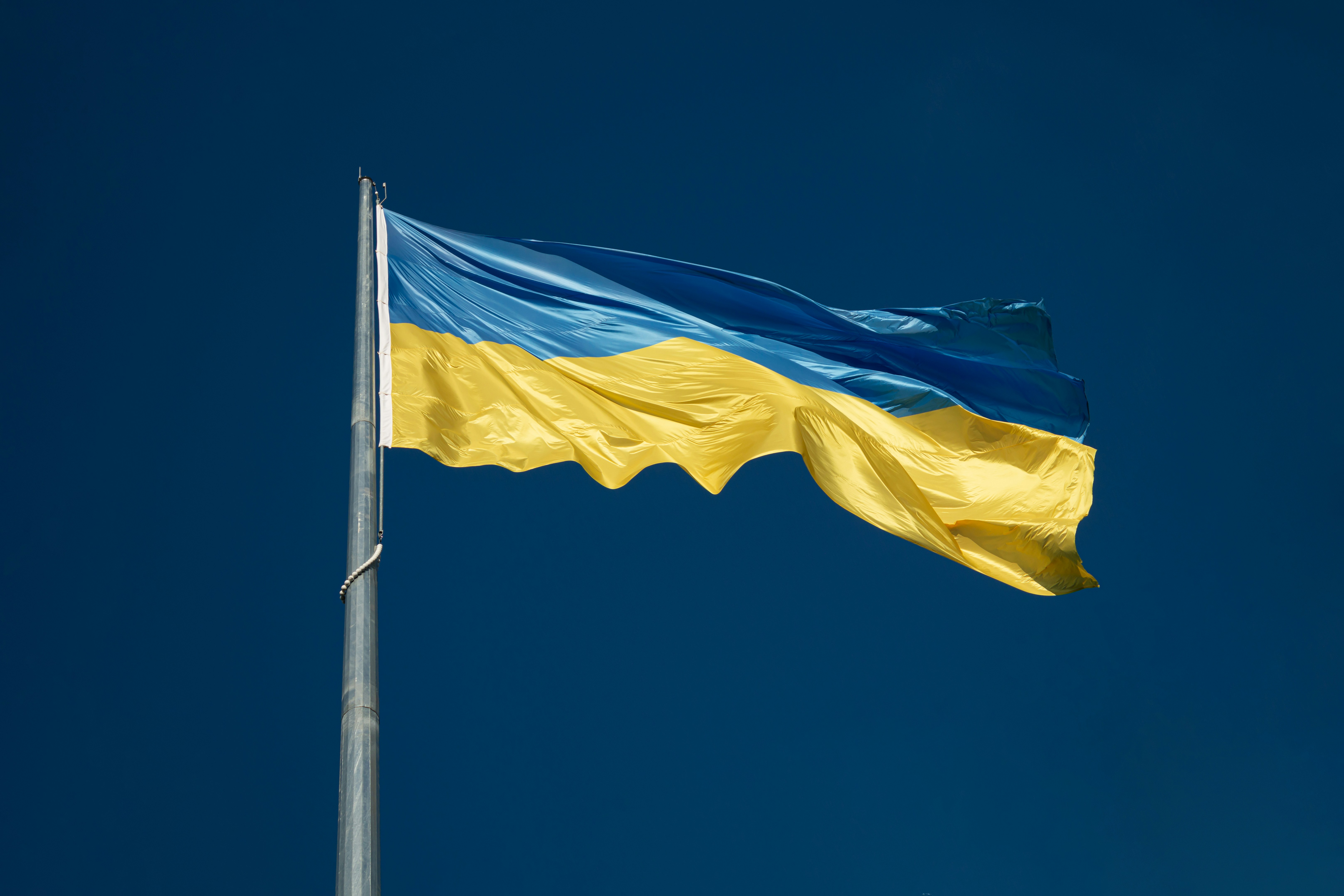The Biden administration’s decision to delay certain U.S. weapons shipments to Ukraine was introduced as a discrete, situation-specific measure. Officials from the Department of Defense and State Department were quick to emphasize that the pause was not a cessation, but a reassessment based on current U.S. defense needs.
But for policy analysts watching long-cycle defense commitments, this isn’t merely a logistics review. The pause reflects growing institutional hesitation within Washington to extend blank-check security guarantees in an era of fiscal constraint and political recalibration. This is especially relevant as the domestic defense budget enters an election-year squeeze and global inventory exposure remains a constraint.
What may appear to be a limited tactical delay is better understood as the soft launch of a broader strategic reprioritization—one that implicitly pushes Europe toward military-industrial parity while signaling to Russia that U.S. defense focus is no longer infinite.
The weapons systems reportedly affected—Patriot missiles, precision artillery, and Hellfire munitions—are not incidental. These are high-demand systems within a stretched global security matrix that includes Taiwan, the Red Sea, and regional U.S. air defense requirements. The Pentagon’s posture, then, is not just about Ukraine—it’s about tiering global readiness and avoiding overextension.
This is not the first signal of strain. As early as Q1 2024, defense planners warned of dwindling U.S. production rates versus burn rates in Ukraine. The most sensitive constraint remains Patriot batteries and interceptors, which have been under acute production stress and are central to both European defense and Indo-Pacific deterrence.
Moreover, the White House’s reference to a "review of U.S. defense needs" invokes a broader fiscal and supply recalibration. It reflects not just material stress but the political geometry surrounding Ukraine aid. Support for large-scale foreign military assistance has been politically vulnerable since mid-2023, with Congressional opposition mounting and fiscal hawks increasingly conflating security aid with deficit risk.
That Ukraine summoned the deputy chief of mission from the U.S. embassy in Kyiv is an extraordinary gesture—one rarely extended to an ally. It illustrates how sharply this pause was felt in Ukrainian diplomatic circles, where confidence in U.S. continuity has already been shaken by the looming specter of Trump’s return. The Kremlin, for its part, read the moment with strategic clarity. Spokesman Dmitry Peskov stated that “fewer weapons” bring the war closer to resolution. This is not a misread. Russia has always calibrated its escalation posture based on perceived Western staying power, not just battlefield momentum.
The net effect: while Kyiv scrambles for clarity, Moscow interprets U.S. ambiguity as a softening of resolve—one that could eventually unlock broader European hedging or accelerate ceasefire negotiations under unfavorable terms.
Despite extensive commitments, the European defense industrial base remains underdeveloped relative to the urgency of the Ukraine conflict. A May 2025 CSIS report found that EU states have only marginally expanded their defense production capacity since 2022, with key bottlenecks in munitions and air defense replenishment.
This pause thus serves as a de facto stress test for Europe. It forces NATO capitals—particularly Berlin, Paris, and Warsaw—to reconsider their pacing assumptions around U.S. support. If Washington is willing to suspend critical munitions shipments without parliamentary warning, then Europe must assume that future delays or drawdowns are not just possible—but probable.
Some European nations, such as Poland, have anticipated this recalibration by accelerating defense procurement and building out domestic production. But a coordinated European response remains elusive. As of mid-2025, European defense integration remains fragmented, with divergent procurement standards and supply chain inconsistencies across member states.
The Biden administration continues to affirm its strategic commitment to Ukraine. But the mechanics of delivery tell a more complex story. The fact that Kyiv was not given advance diplomatic notice indicates that even close allies are being kept at arm’s length when national defense calculus tightens. This raises critical questions for institutional capital and sovereign fund planners: How does this affect long-cycle defense exposure? Are U.S.-led NATO guarantees now subject to operational throttling? What does this do to the credibility of future Indo-Pacific or Middle East commitments?
The ambiguity is not accidental. By emphasizing "robust options" while downplaying specific program delays, Washington retains optionality while telegraphing restraint. This is classic conditional signaling—not a reversal, but a recalibration.
This pause may appear operational, but its strategic weight is considerable. It compresses three distinct tensions:
- Inventory Fragility: The U.S. cannot stretch air defense supply chains without trade-offs.
- Political Constraint: Domestic bandwidth for open-ended aid is thinning as fiscal and electoral pressures grow.
- Allied Hedging: Europe now faces implicit pressure to meet the gap—not rhetorically, but materially.
Whether temporary or systemic, this pause shifts the burden of proof to Kyiv and Europe. Support will continue, but not unconditionally—and no longer invisibly. This isn’t a policy pause. It’s a posture shift.















.jpg&w=3840&q=75)